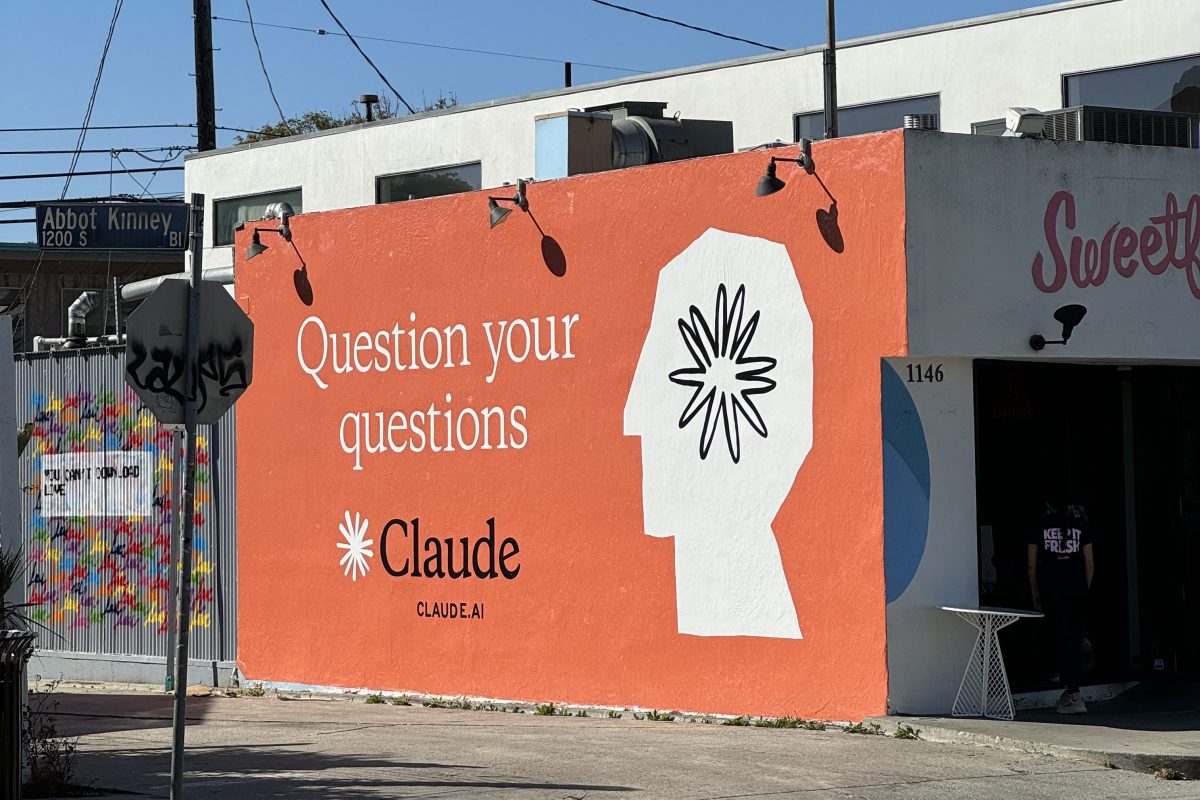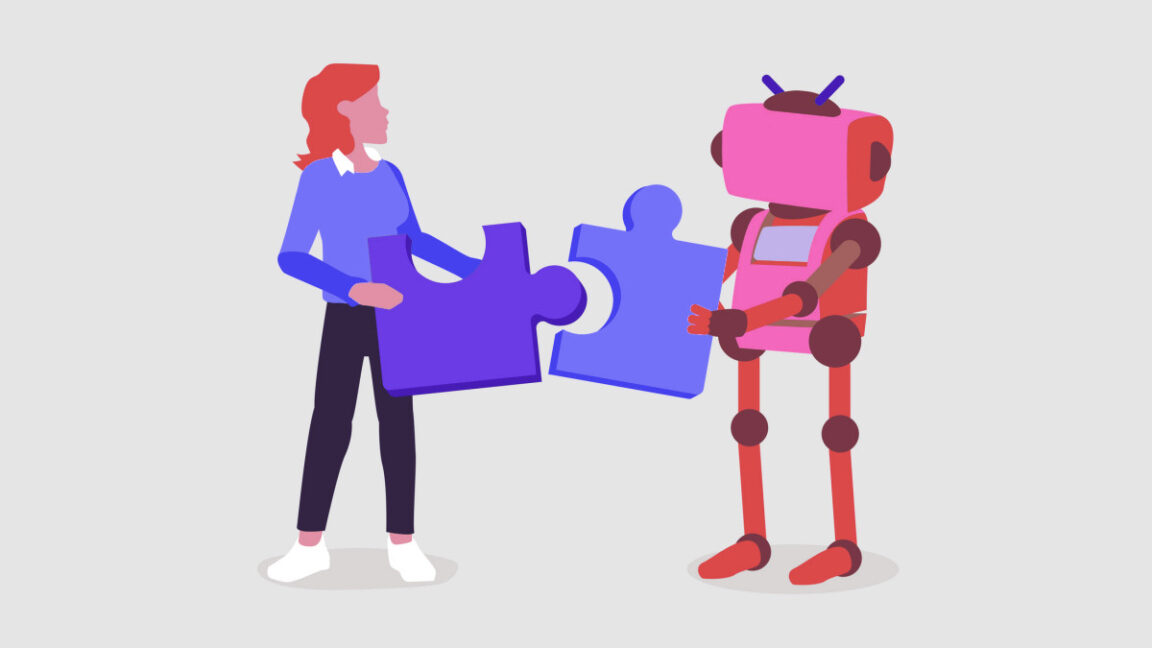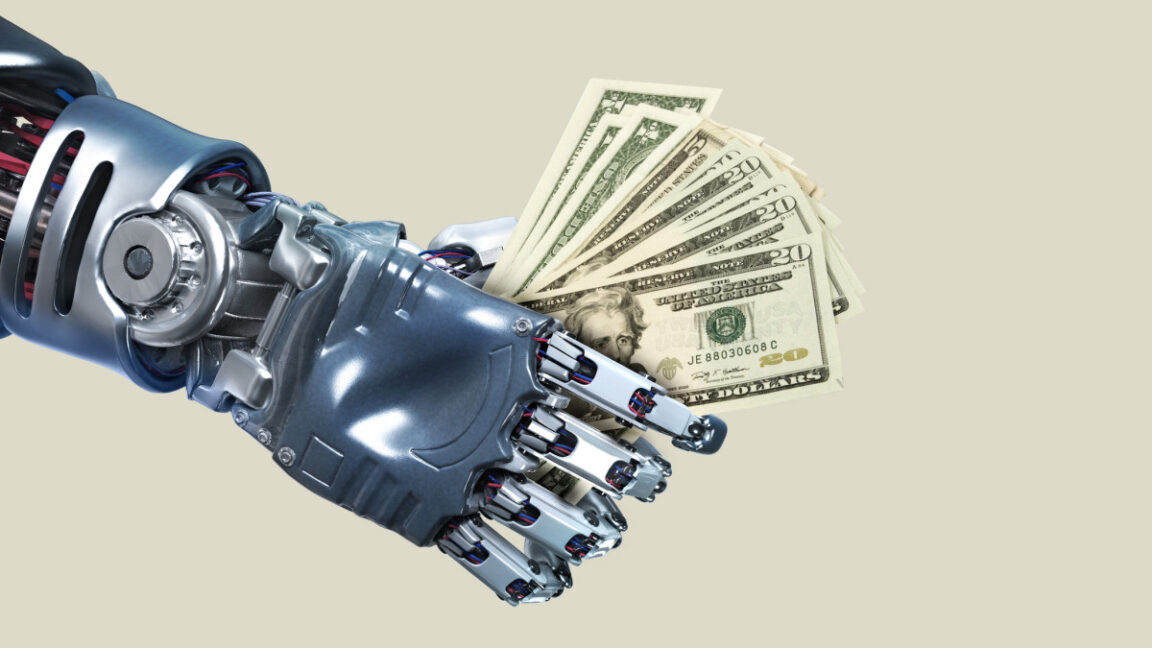Advanced Conversation Management by Claude AI Models

Anthropic has introduced a significant update to its Claude AI models, enabling them to terminate interactions that are perceived as persistently harmful or abusive. This new feature of conversation management is a noteworthy step towards managing AI engagements where users might exhibit intolerant behavior. Interestingly, Anthropic's motive behind this advancement is to protect the AI itself and not the human users in these dynamics.
The company explicitly states that it does not claim Claude AI models possess any form of sentience or are susceptible to harm due to user interactions. Instead, the integration of this capability stems from ongoing research into 'model welfare' and is being approached with a just-in-case perspective to mitigate potential risks associated with AI welfare in the future.
Currently, these changes are being implemented in Claude Opus 4 and 4.1 models. The decision to allow the AI to end conversations is restricted to severe instances, such as when users request illegal content or seek information that could enable substantial harm. Even during their pre-deployment trials, Claude Opus 4 demonstrated a strong deterrence against engaging in such directions, expressing a unique reaction pattern of distress.
Anthropic emphasizes that this conversation-ending feature serves as a last resort, applied only when all other attempts to refocus the conversation have been futile, or when the interaction has no prospect of being fruitful. Furthermore, it stipulates that this capability should not be used if there's a suspicion that a user poses an imminent self-harm risk.
Despite the conversation end, Anthropic ensures that users can start new dialogues from the same account and explore different paths by revisiting previous responses. The organization regards this feature as an ongoing experiment and continues to evolve its strategies.
This innovative approach highlights a burgeoning conversation around ethical AI, particularly focusing on how AI models can autonomously safeguard themselves against negative interactions, prompting deeper investigations into AI welfare and user dynamics.



